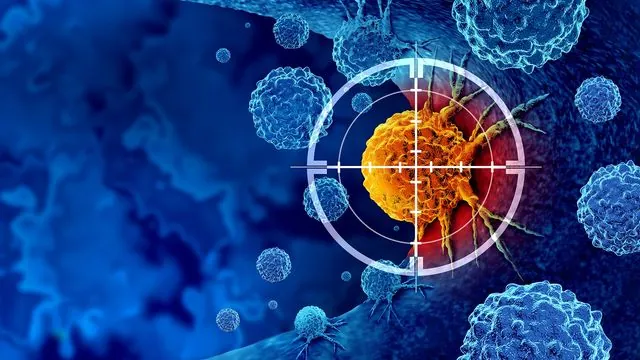
Revolutionary Light-and-Sound Thermometer Targets Cancer with Gold Nanoparticles!
2025-08-18
Author: John Tan
A Breakthrough in Cancer Treatment
Biomedical engineers at Duke University have made a groundbreaking advancement in cancer treatment by creating a superbly precise method to heat gold nanoparticles that target and annihilate tumors. This innovative technique leverages an ingenious blend of light and sound imaging to delve deeper into tissues, allowing researchers to accurately track and heat these nanoparticles to eradicate bladder cancer in animal subjects.
The Power of Nanoparticle-Mediated Therapy
In the race for non-invasive cancer therapies, light-based treatments like nanoparticle-mediated photothermal therapy (PTT) have emerged as game-changers. During PTT, nanoparticles—often designed as tiny rods or star-like shapes—are injected into the bloodstream, where they amass at tumor sites. Once enough particles have collected in the tumor, lasers are employed to generate heat, destroying surrounding cancer cells. Recent successes in human trials for prostate cancer highlight the potential of this revolutionary approach.
Solving Long-Standing Challenges
Despite its promise, PTT has been fraught with challenges. One major issue arises when nanoparticles are heated; they can unintentionally change shape from stars to spheres, hindering their effectiveness. Additionally, previous methods for measuring temperature relied on invasive probes that were not only primitive but also interfered with accurate deep tissue readings.
A Collaborative Solution Emerges
Enter Aidan Canning, a PhD student at Duke, who stumbled upon a potential solution just a few labs away. Collaborating with Tri Vu, a PhD student working on photoacoustic tomography, the duo combined their expertise. This revolutionary imaging technique uses lasers to generate ultrasonic waves, creating vivid images of internal tissues. Their integration allowed for real-time tracking and precise temperature measurement of the nanoparticles.
Transformative Results in Cancer Treatment
In experiments on a mouse model for bladder cancer, Canning and Vu unveiled an enhanced version of gold nanostars encased in hollow gold shells, stabilizing their structure during heating. This innovation enabled them to monitor the nanostars effectively and gauge the optimal temperature needed for targeted cell destruction. The results were astounding: a 100% survival rate in treated mice with no observable toxicity or tissue damage.
Looking Forward — The Future of Cancer Therapy
This promising integration marks a significant stride towards personalized cancer treatment. Canning and Vu's next steps include testing their technology in larger animal models and exploring its synergy with other therapies like immunotherapy to amplify the body’s anti-cancer responses.
"Our findings open doors to reinvent photothermal therapies through enhanced imaging techniques," Vu remarked, highlighting the collaborative spirit that made this breakthrough possible.




 Brasil (PT)
Brasil (PT)
 Canada (EN)
Canada (EN)
 Chile (ES)
Chile (ES)
 Česko (CS)
Česko (CS)
 대한민국 (KO)
대한민국 (KO)
 España (ES)
España (ES)
 France (FR)
France (FR)
 Hong Kong (EN)
Hong Kong (EN)
 Italia (IT)
Italia (IT)
 日本 (JA)
日本 (JA)
 Magyarország (HU)
Magyarország (HU)
 Norge (NO)
Norge (NO)
 Polska (PL)
Polska (PL)
 Schweiz (DE)
Schweiz (DE)
 Singapore (EN)
Singapore (EN)
 Sverige (SV)
Sverige (SV)
 Suomi (FI)
Suomi (FI)
 Türkiye (TR)
Türkiye (TR)
 الإمارات العربية المتحدة (AR)
الإمارات العربية المتحدة (AR)